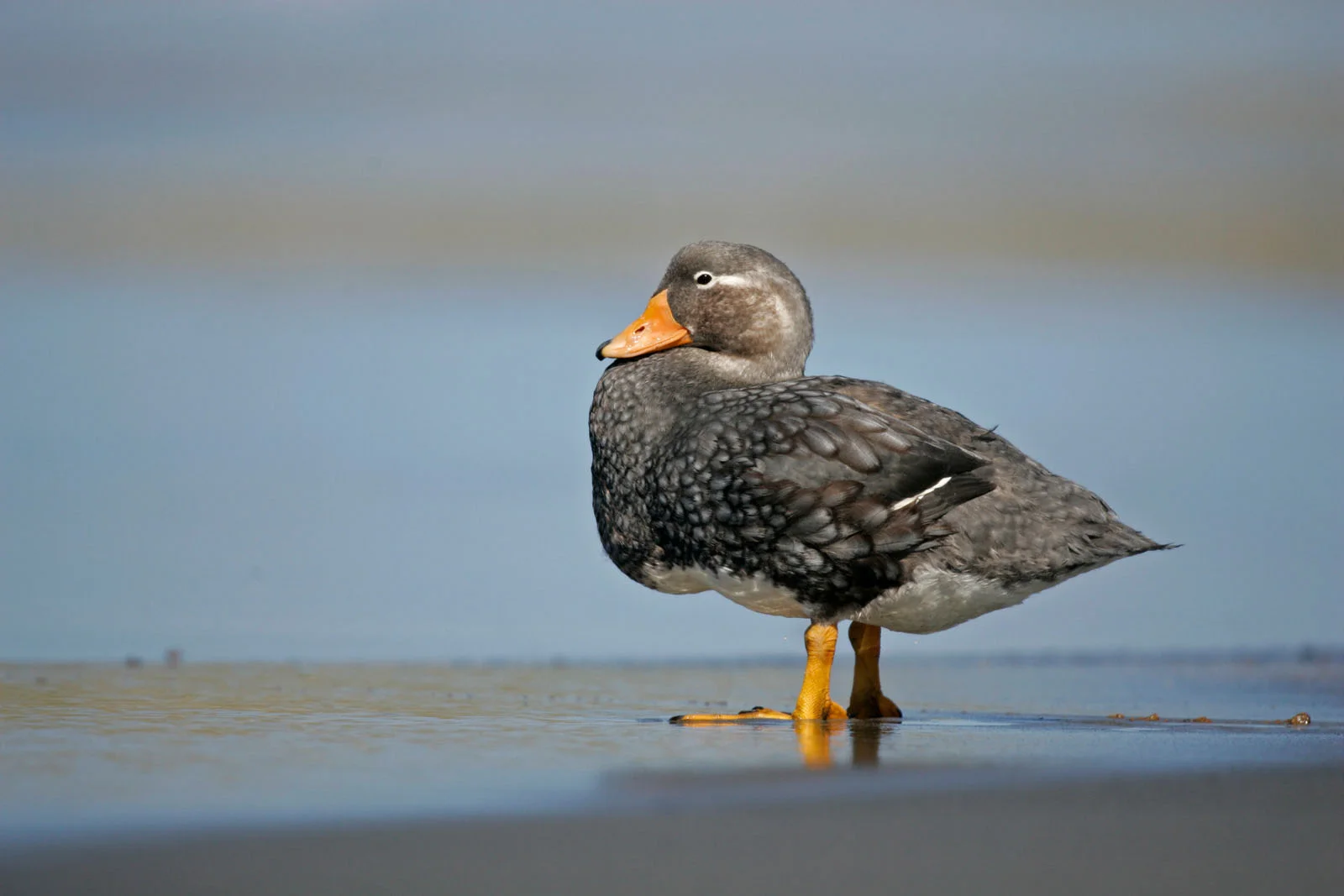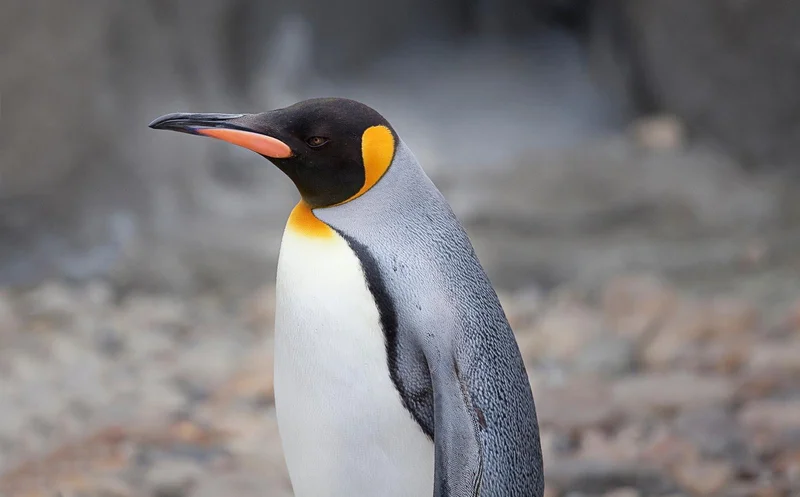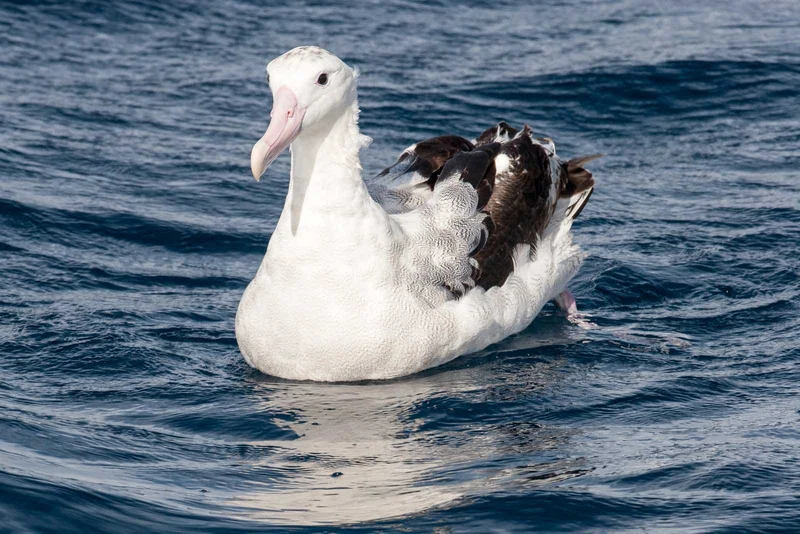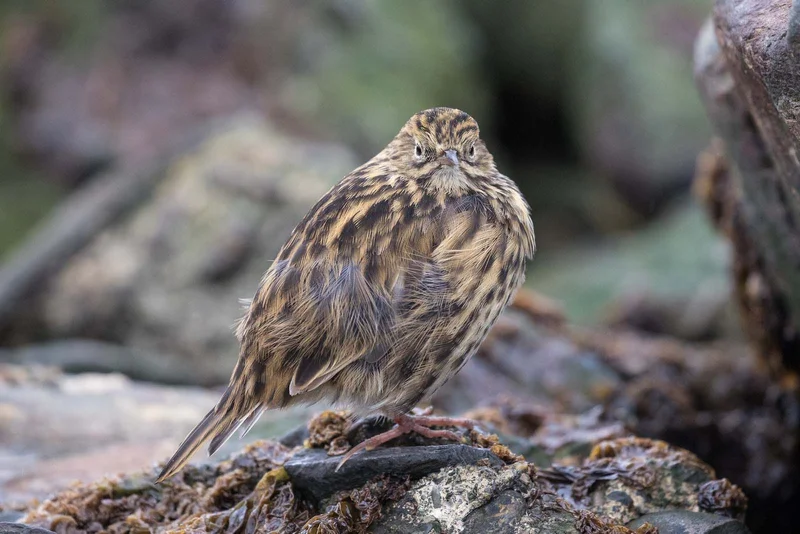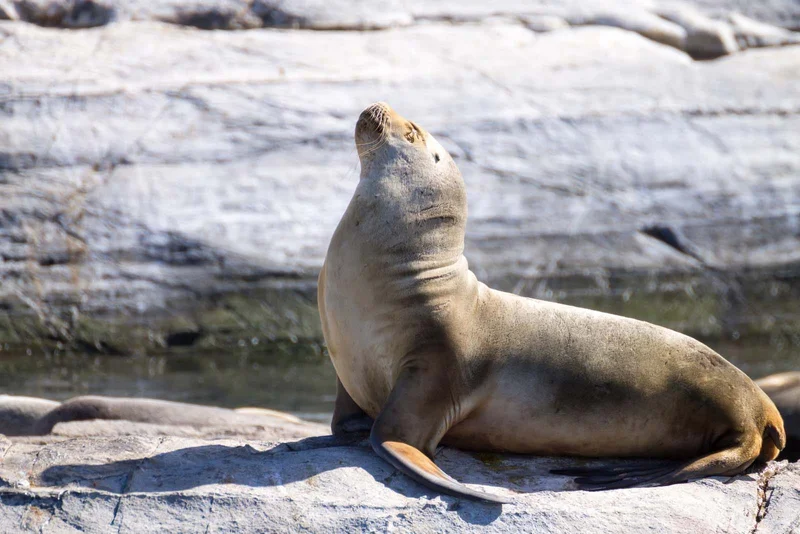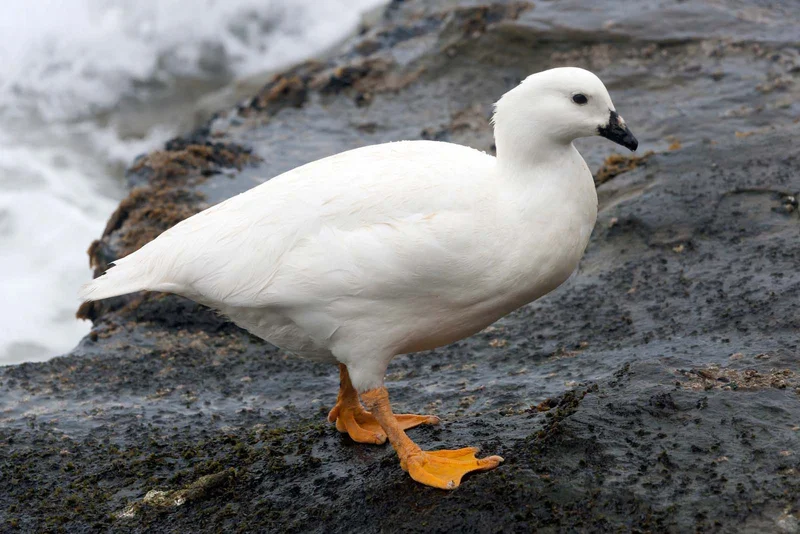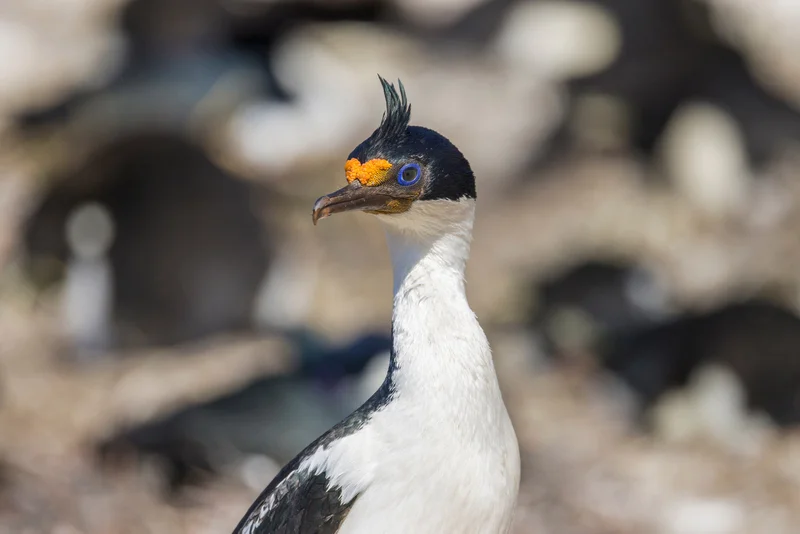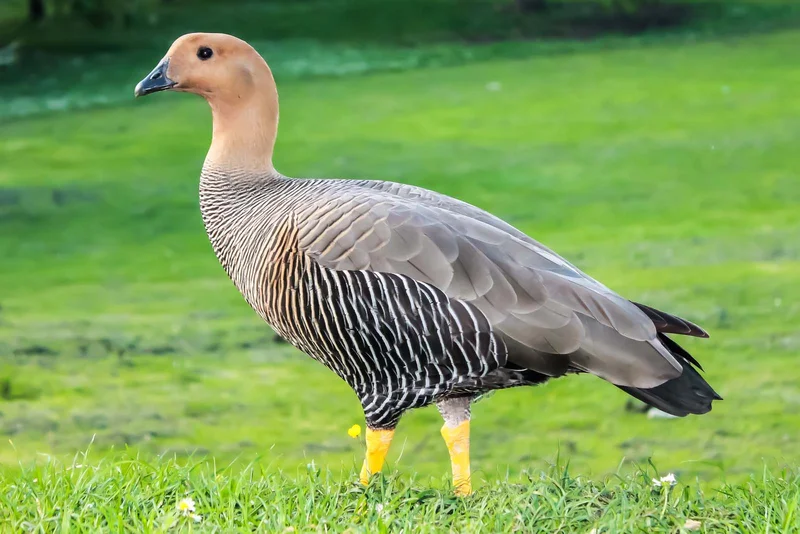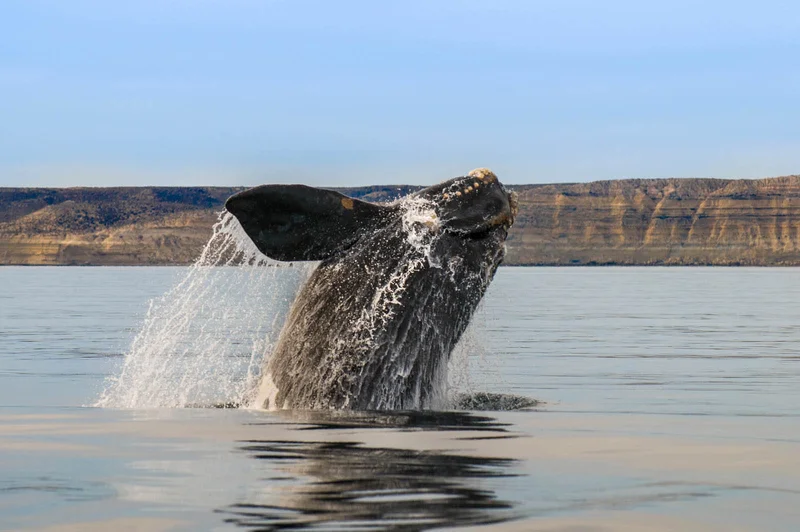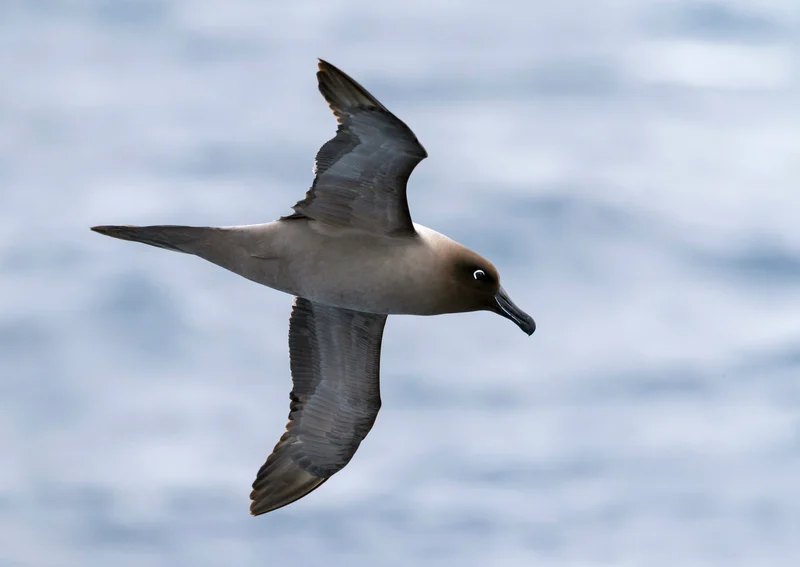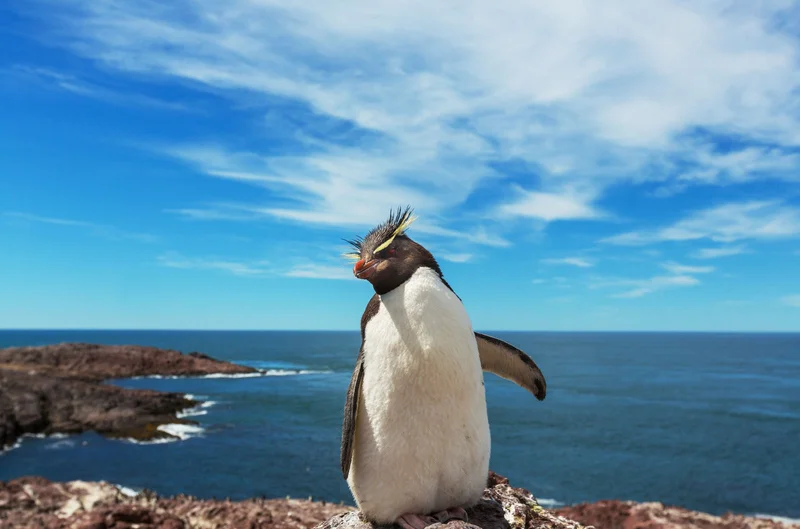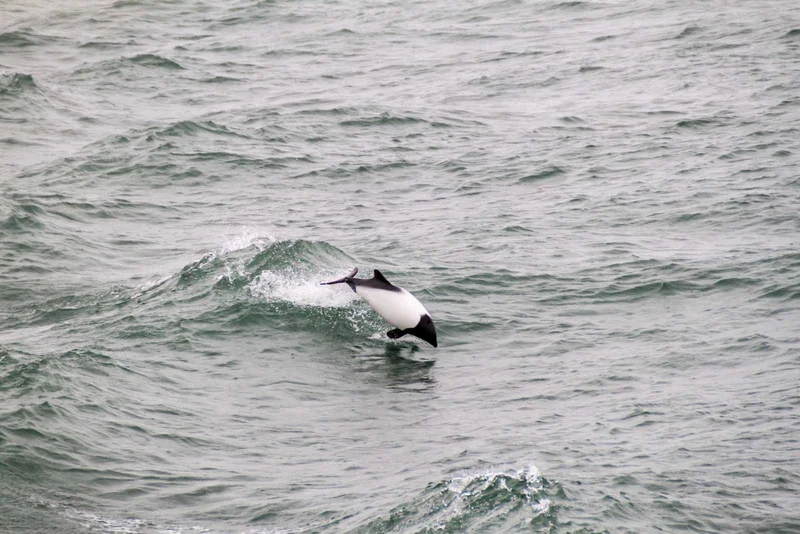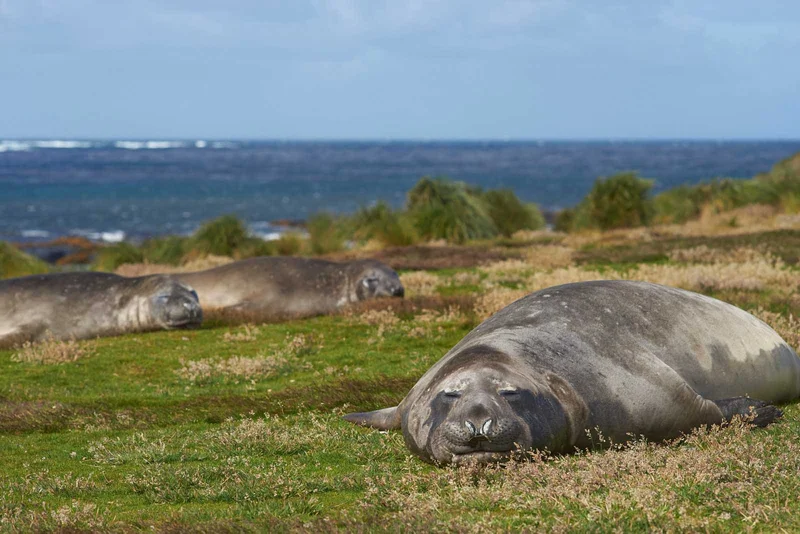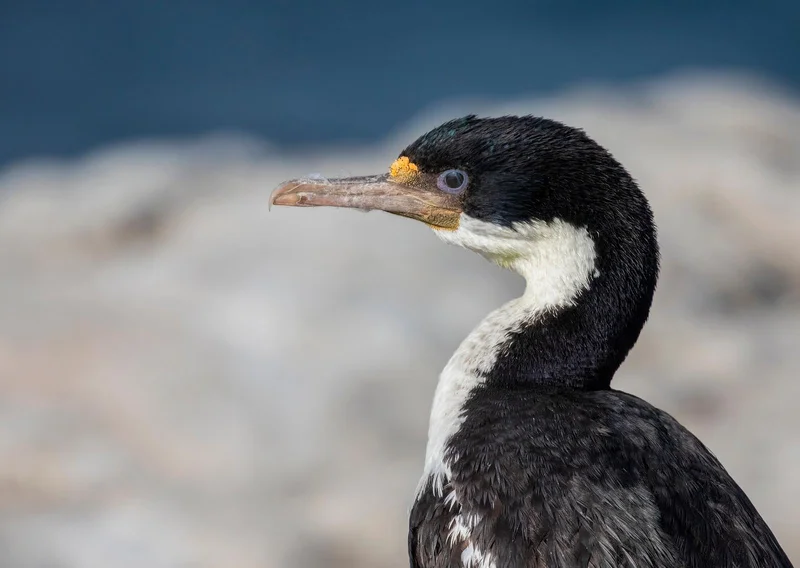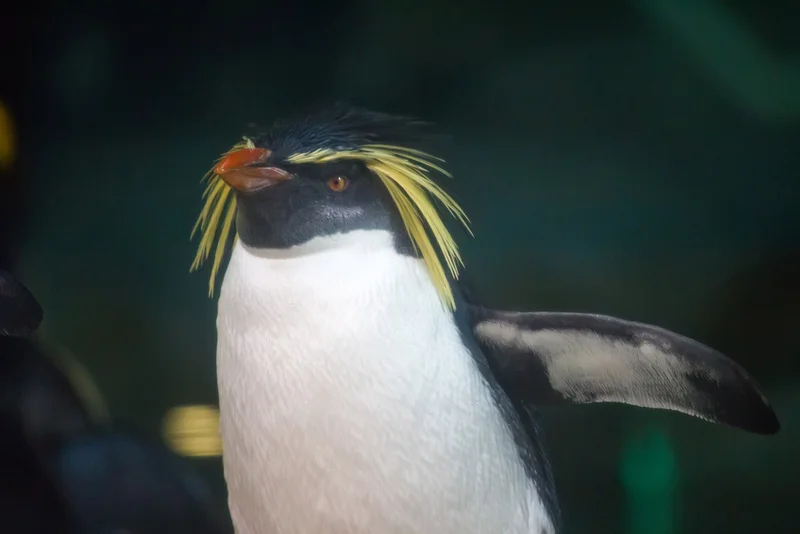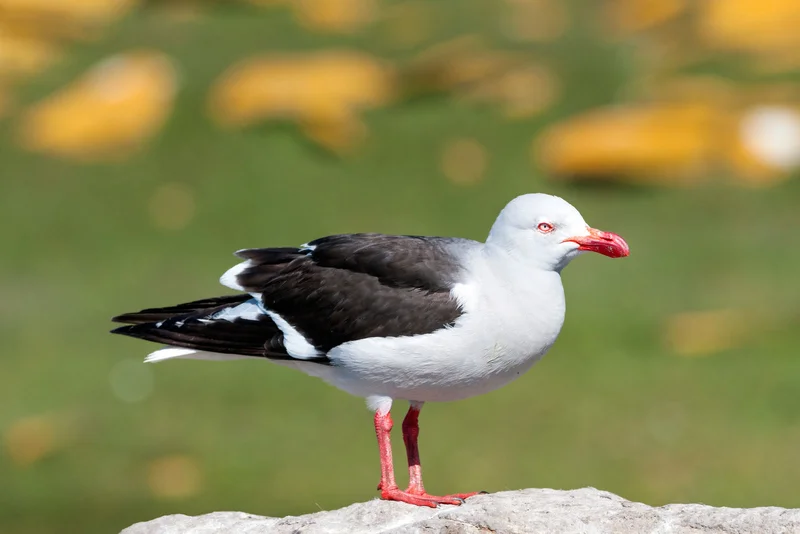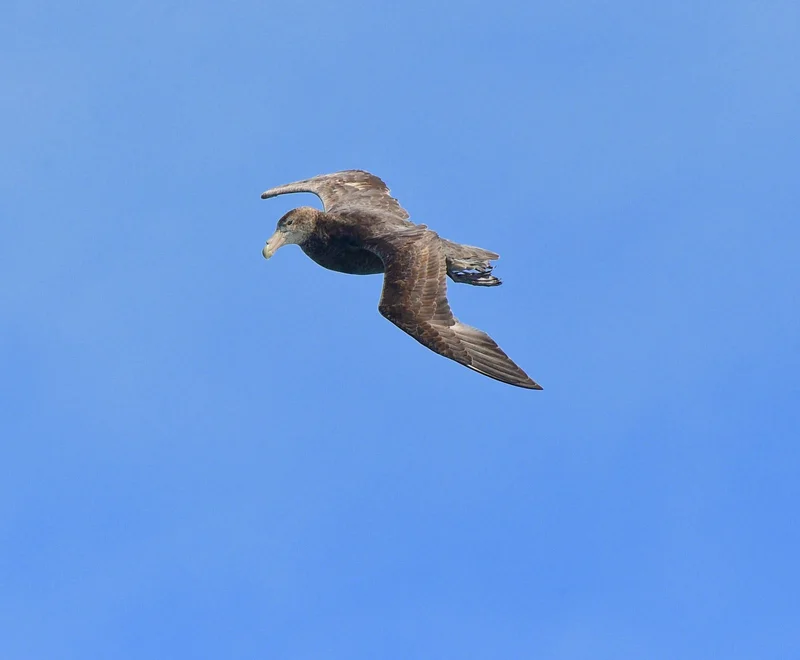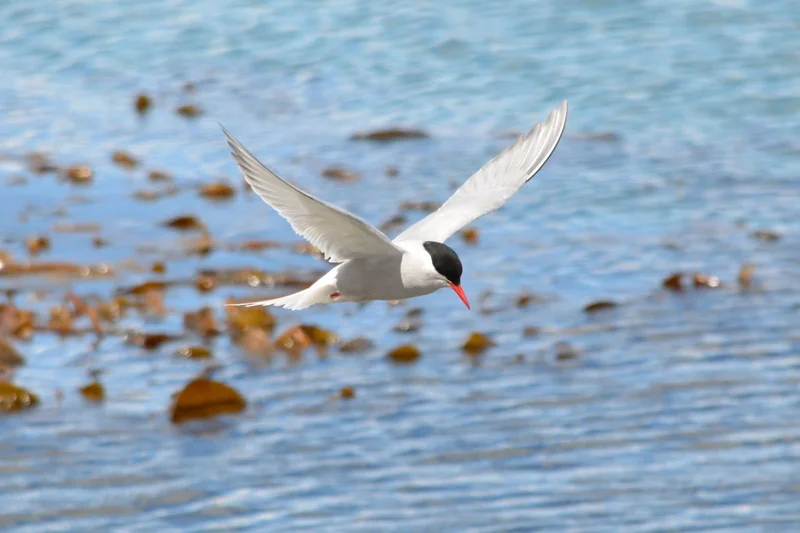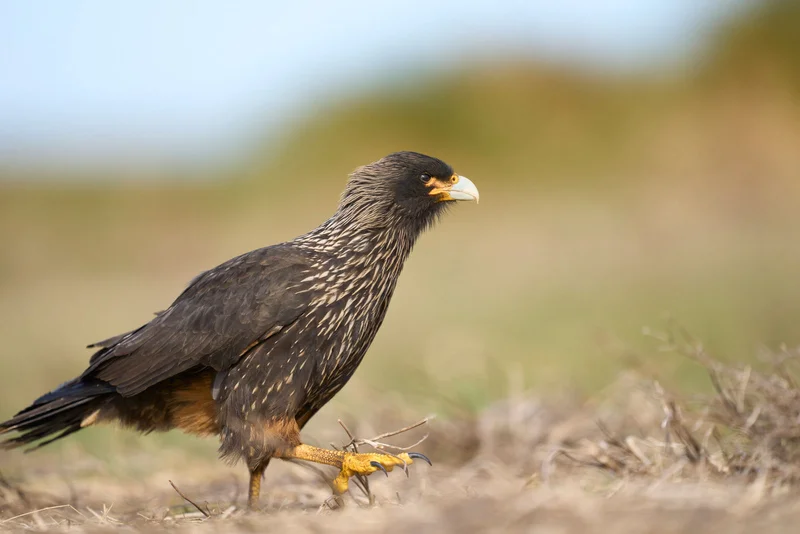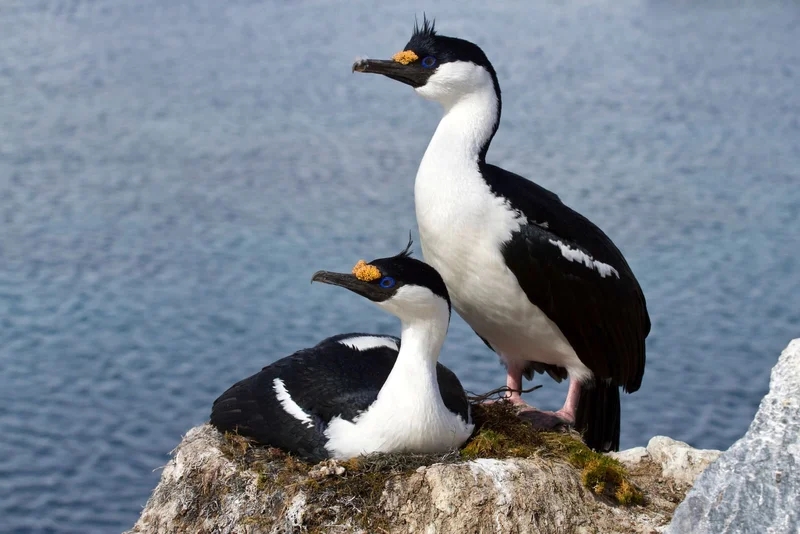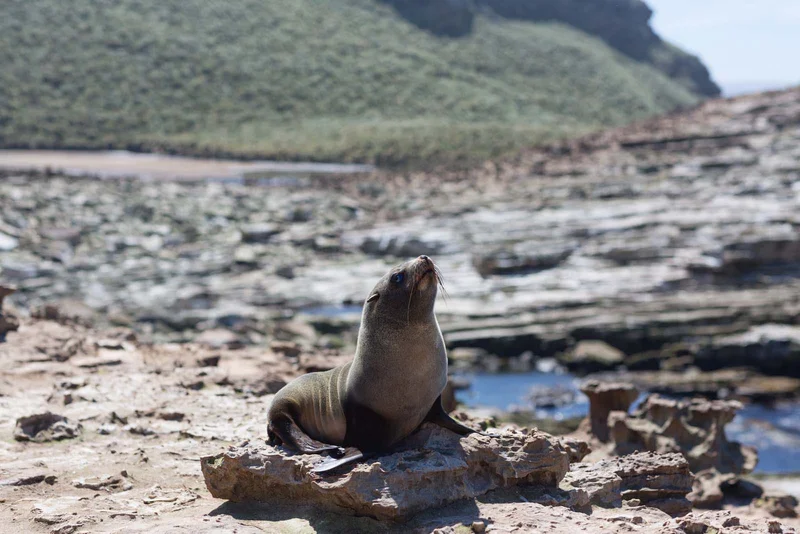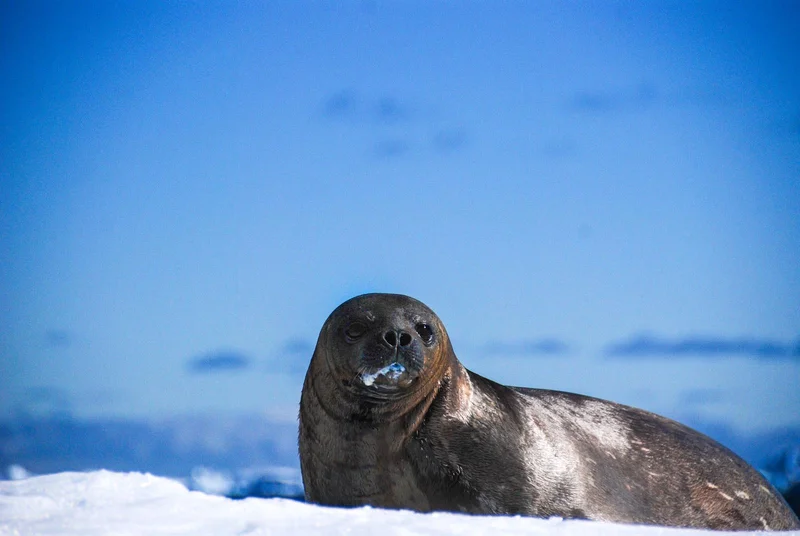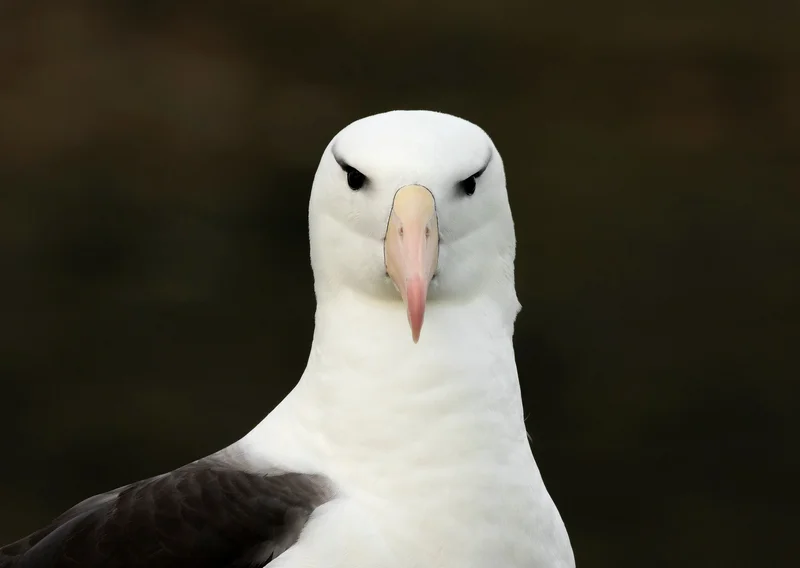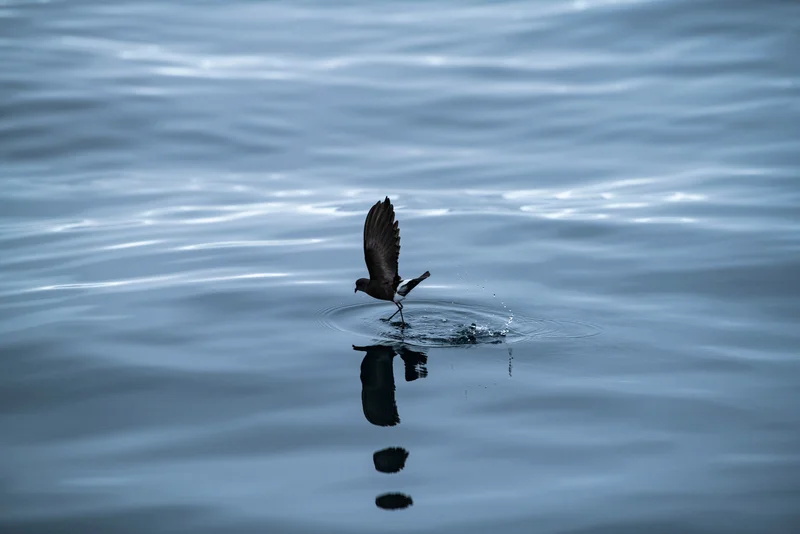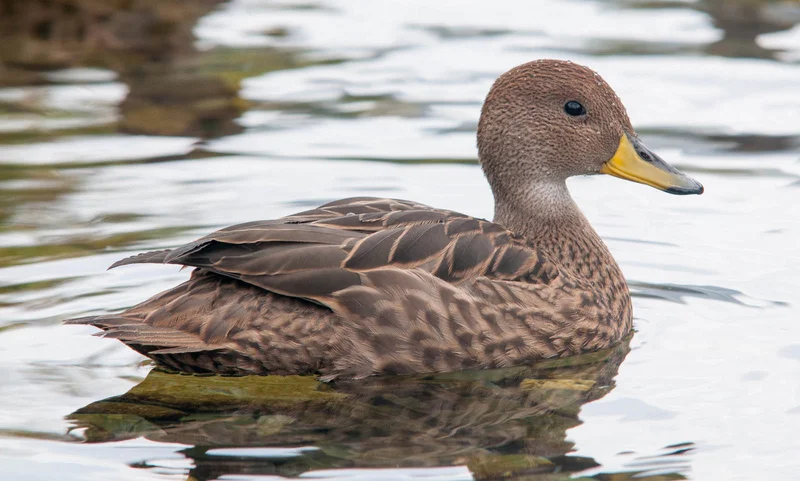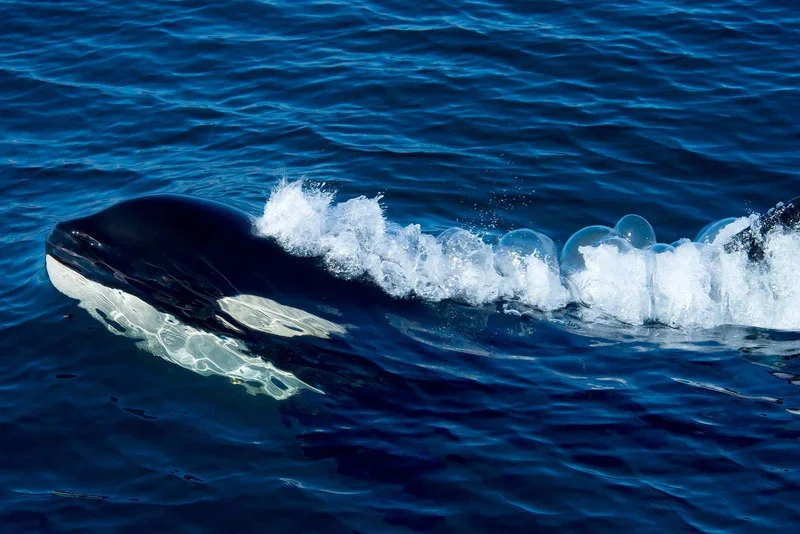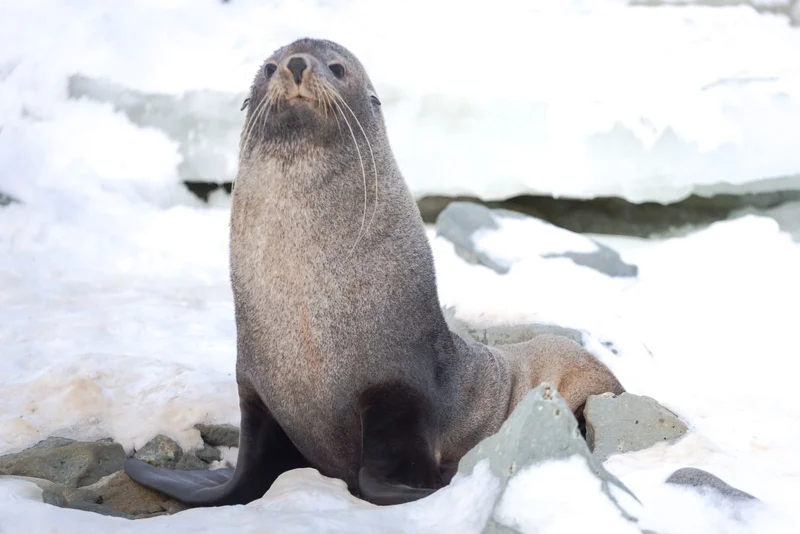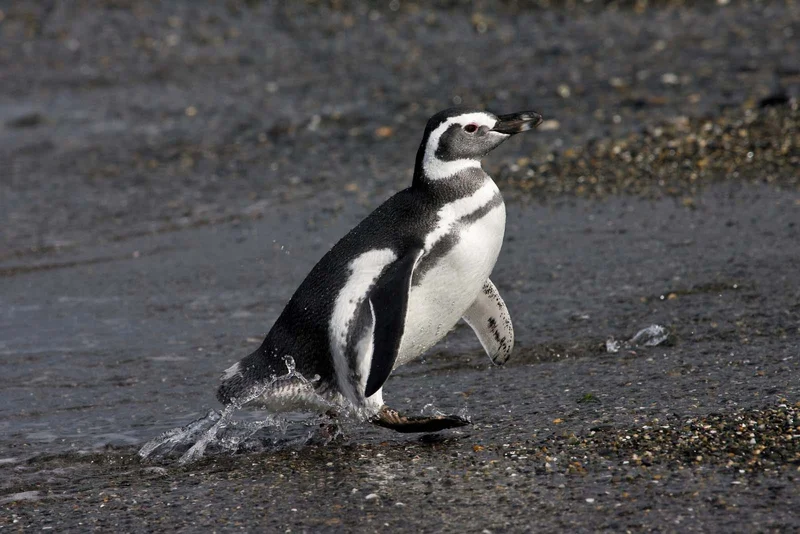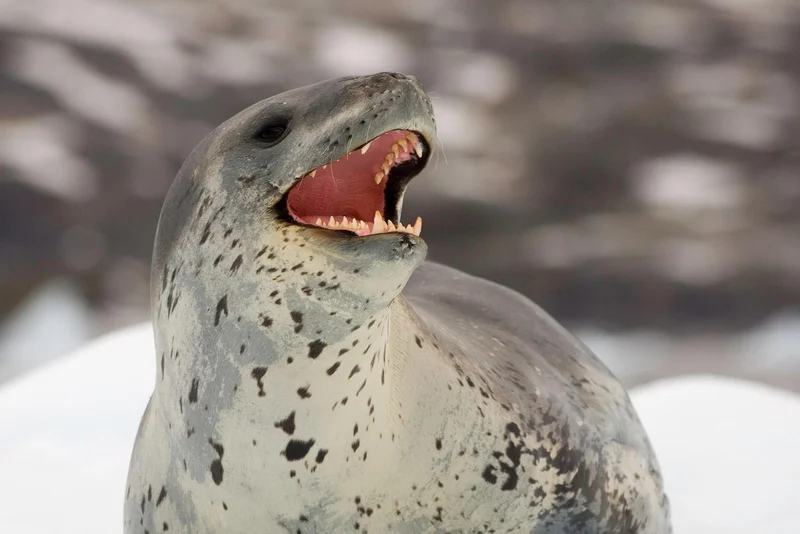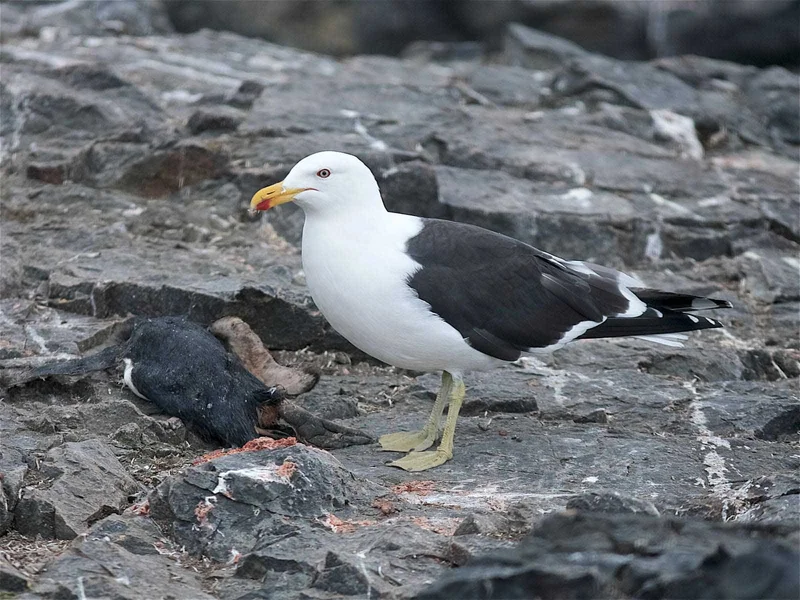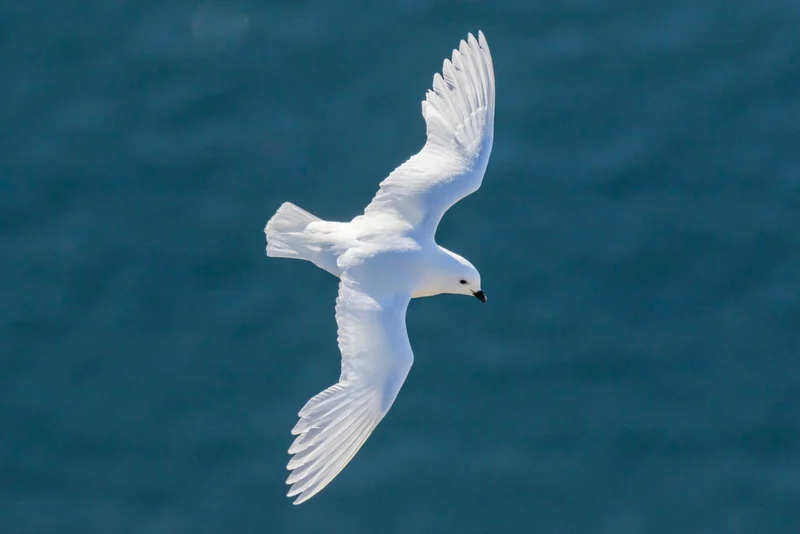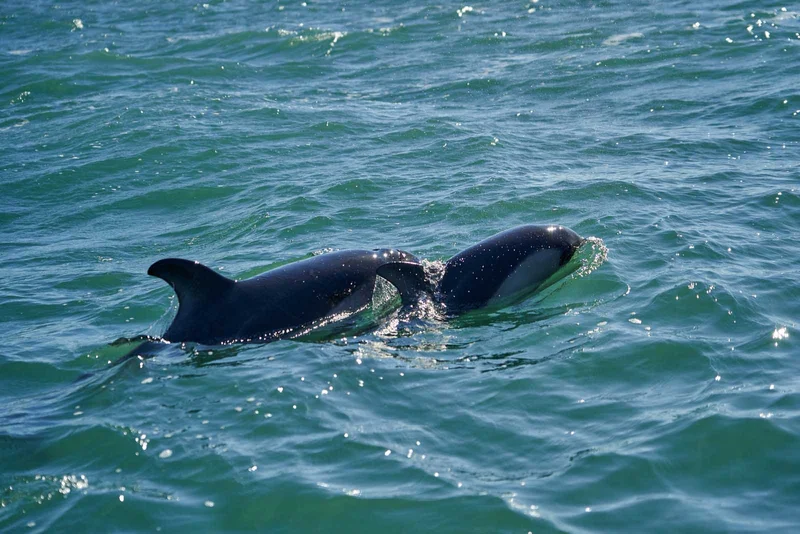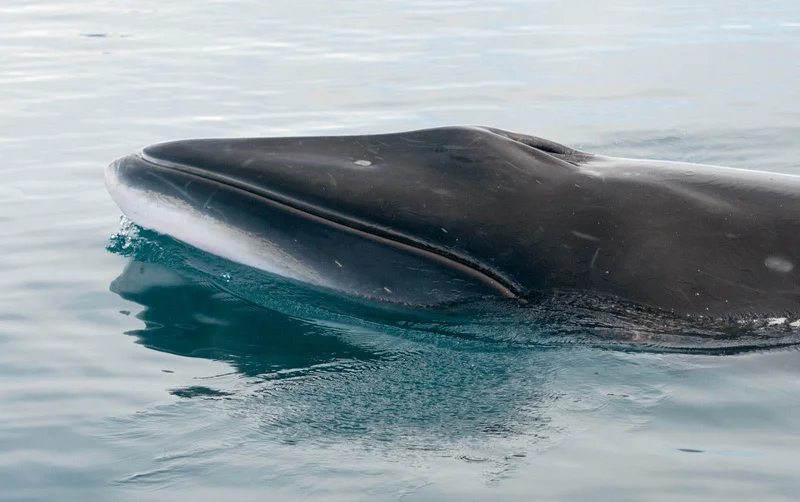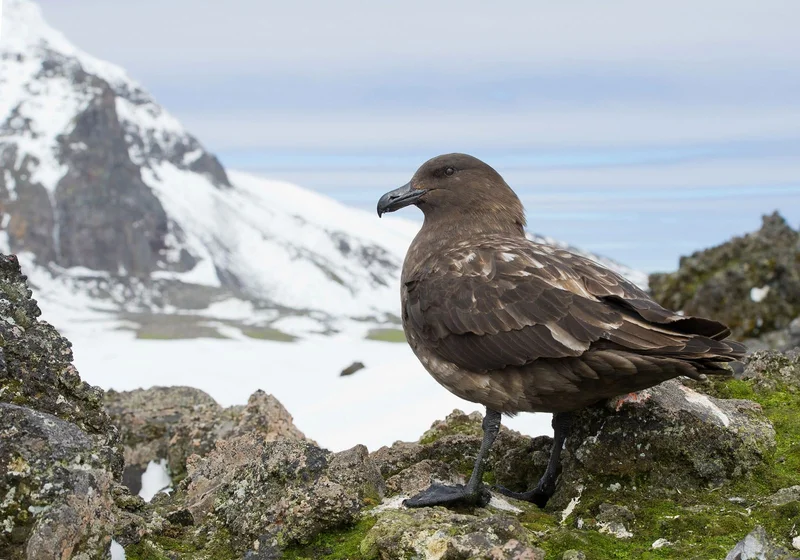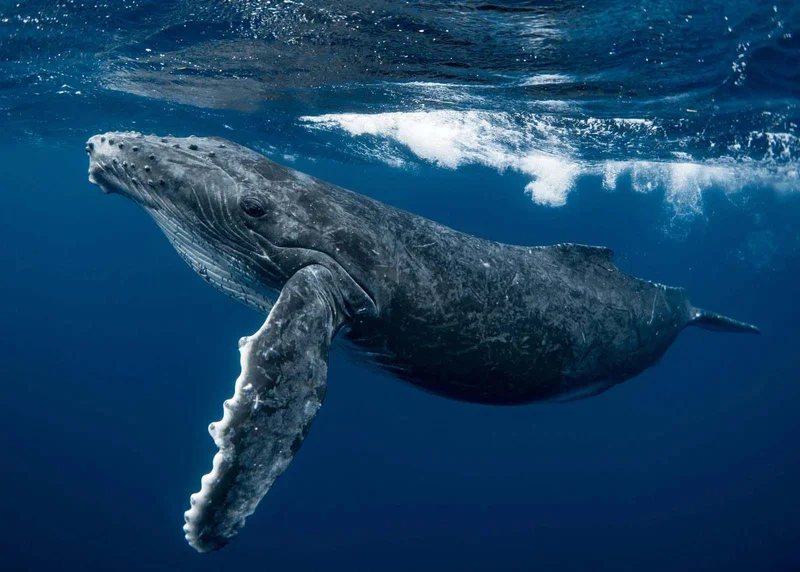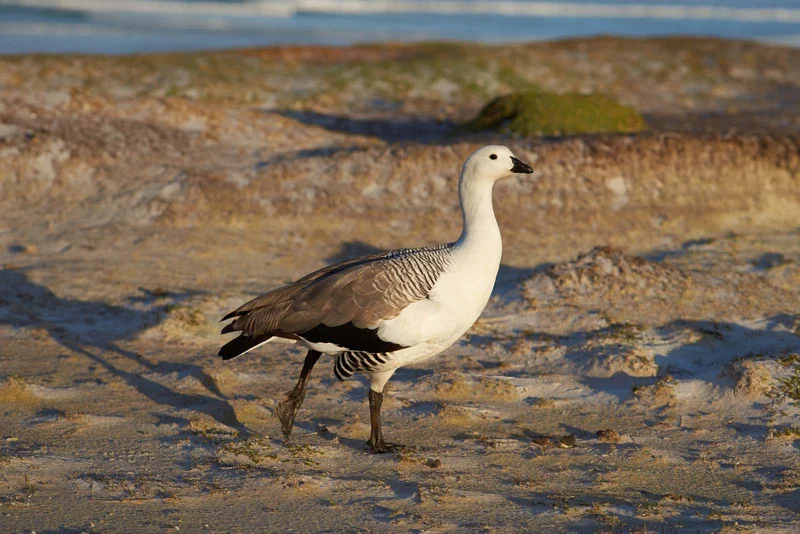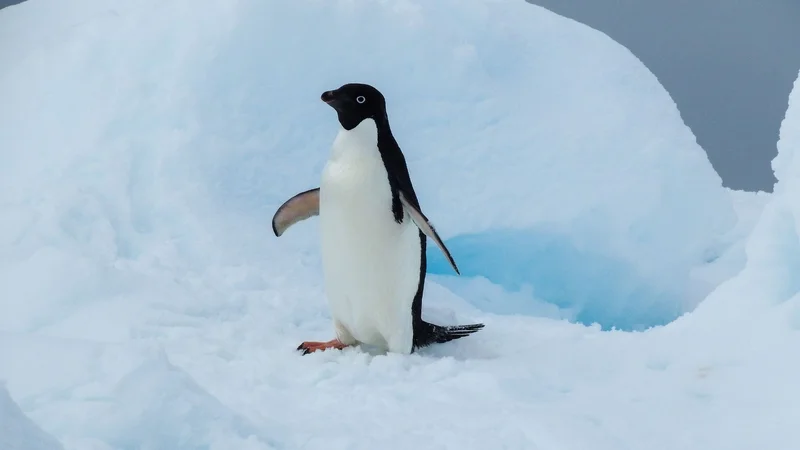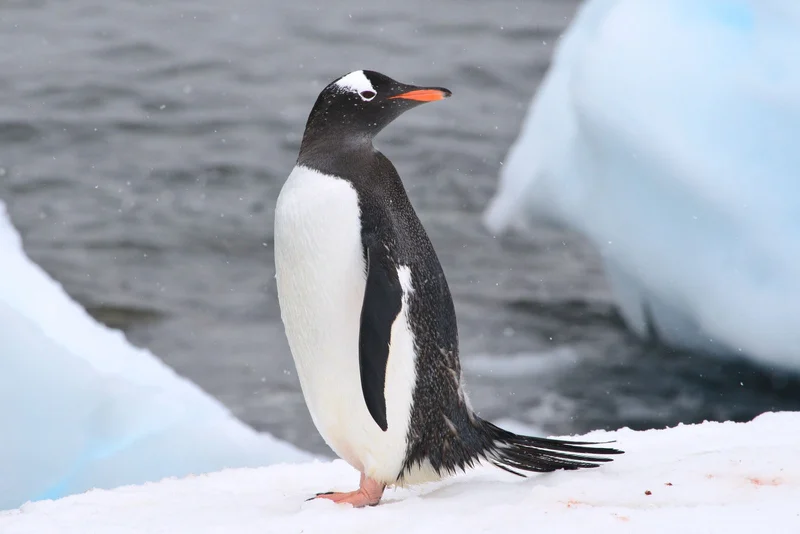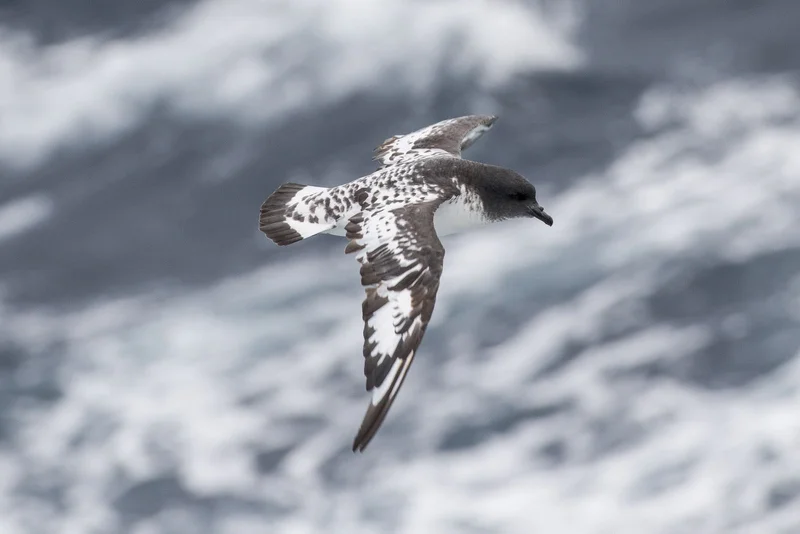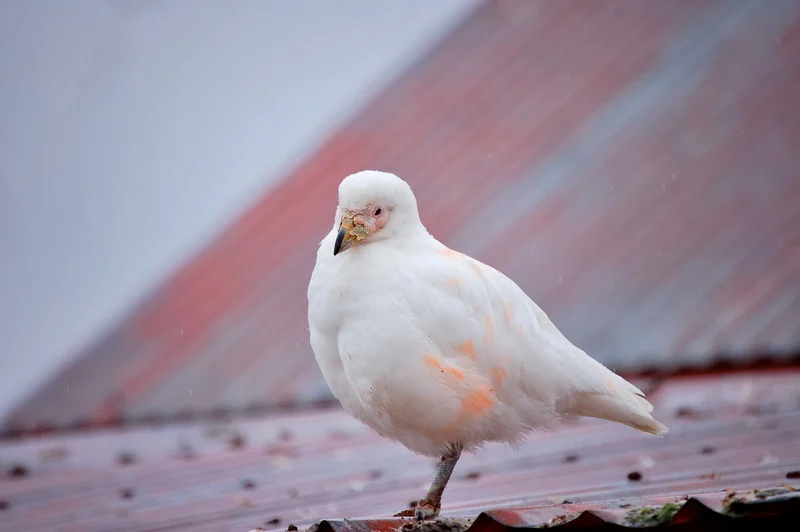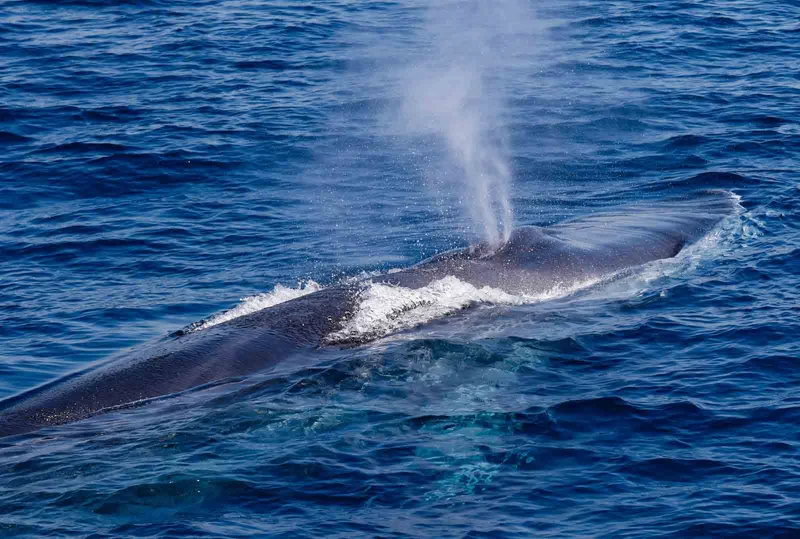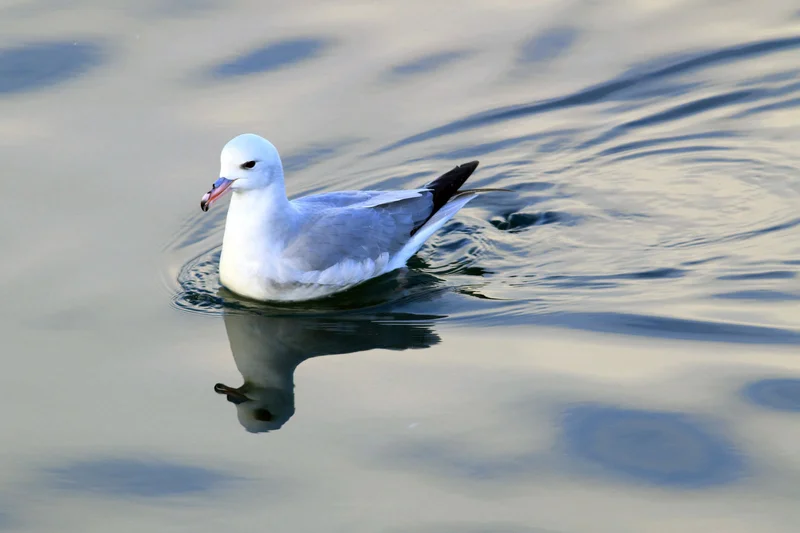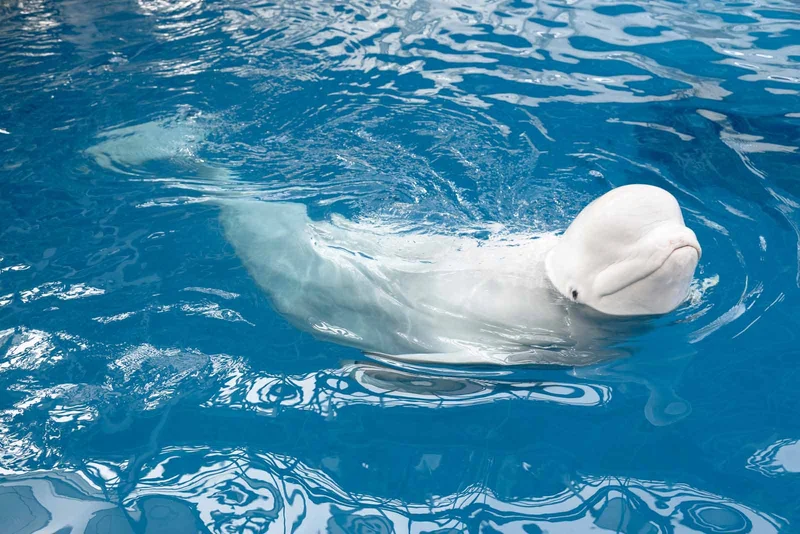Essential Falkland Flightless Steamerduck Information
The Falkland Flightless Steamerduck is one of two native bird species exclusive to the Falkland Islands. It stands out with its predominantly dark gray plumage and a white stripe behind its eyes, making it easily recognizable. These ducks are commonly seen near Port Stanley and are a favorite subject for photographers due to their accommodating nature.
A Historical Observation by Charles Darwin
Charles Darwin took note of the steamer ducks during his 1833 visit to the Falklands, commenting on their clumsy and noisy movements in the water, a behavior he found fascinating.
Why Steamer Ducks?
The unique name "steamer duck" stems from their method of movement. They use their short wings like paddle steamer wheels to propel themselves across the water quickly. Their diet mainly consists of shellfish, which they crack open using their robust beaks, often found among rocks and seaweed.
Identifying the Steamer Duck
A common source of confusion is the Flying Steamer Duck, another species found in the Falklands that shares the same habitat. Despite its name, the flying species rarely takes flight. Until recently, this bird was considered a sub-species of the Patagonian form, but genetic research shows that it arrived from southern Chile and Argentina around 2 million years ago and is now classified as a distinct species.
Expert guides are available to help distinguish between the flightless and flying species.
Interesting Facts
- The Falkland Steamerduck has been recently confirmed as a separate species from the Patagonian flightless steamer duck.
- These birds use their wings to "steam" across the water.
- Despite being flightless, the species shares its habitat with the Flying Steamerduck, which rarely flies.
